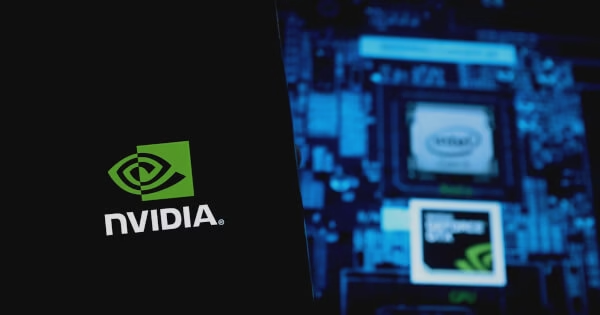Zach Anderson
21 November 2024 at 19:13
NVIDIA and Windows 365 collaborate to power AI workloads through GPU acceleration, providing significant performance boosts for AI-driven applications across industries.
The collaboration between NVIDIA and Microsoft is poised to revolutionize AI-powered workflows, using the power of cloud computing powered by Windows 365. Integrating NVIDIA GPUs into these cloud systems facilitates a new era of digital workplace environments, according to a recent NVIDIA blog post .
Boost AI performance with NVIDIA GPUs
By integrating NVIDIA RTX Virtual Workstation into cloud PCs powered by Microsoft Windows 365 GPU, users can now perform complex, graphics-intensive tasks without the need for a separate physical infrastructure. These cloud PCs come in three configurations: Windows 365 GPU Standard, Super, and Max, and each will likely be equipped with NVIDIA Tensor Core GPUs. This setup represents a major advance in cloud computing, enabling improved workflow efficiency.
NVIDIA tests reveal that Windows 365 Enterprise GPU Max, featuring a dedicated GPU, significantly boosts the performance of AI-driven applications like Blackmagic Design's DaVinci Resolve. This setting provided a four-fold increase in processing speed for AI features, emphasizing the importance of GPU resources in handling AI-enhanced tasks.
Accelerating the development of artificial intelligence and geospatial analysis
Windows 365 GPU Max also provides strong support for AI development, especially in the proof-of-concept stages. NVIDIA demonstrated this by deploying a small language model, Phi-3-mini-4K, on a Windows 365 Enterprise GPU Max Cloud PC, achieving a 4.5x speedup compared to CPU-only configurations.
In geospatial analysis, GPU-enabled cloud computers have demonstrated the ability to process large data sets efficiently. Using ArcGIS Pro for deep learning-enabled object detection, a Windows 365 Enterprise GPU Max configuration reduced processing time by up to 2x compared to CPU-based systems, while also reducing rendering time by 12x.
Implications for artificial intelligence-based workflow
Integrating NVIDIA GPUs into Windows 365 cloud PCs is changing the way companies and developers approach AI applications. By providing powerful and scalable computing resources, these systems significantly reduce development times and enhance computational performance across domains. This collaboration offers a glimpse into the future of technology-driven remote workplaces, where AI capabilities are seamlessly integrated into daily workflow.
For more information about this development, visit Nvidia blog.
Image source: Shutterstock


